Where the Name Originates

The RMS Titanic is one of the most recognizable ship names in history, but where does it come from and why is it named that? The first reason is because of its size. It was the biggest vessel for its time and was noticeably larger than any other ship at bay. It was 882 feet long and 175 feet high. Additionally, the name is derived from the Titan of Greek mythology.
But even if you knew that first part, you may not know about the RMS part, which we have always wondered about. Interestingly, it stands for Royal Mail Ship and that is because the luxury liner had partnered with Royal Mail. It's also worth noting that there was a Sea Post Office located on the ship’s G Deck with five postal clerks that sorted through mail 7 days a week.
The Prices were Exorbitantly High
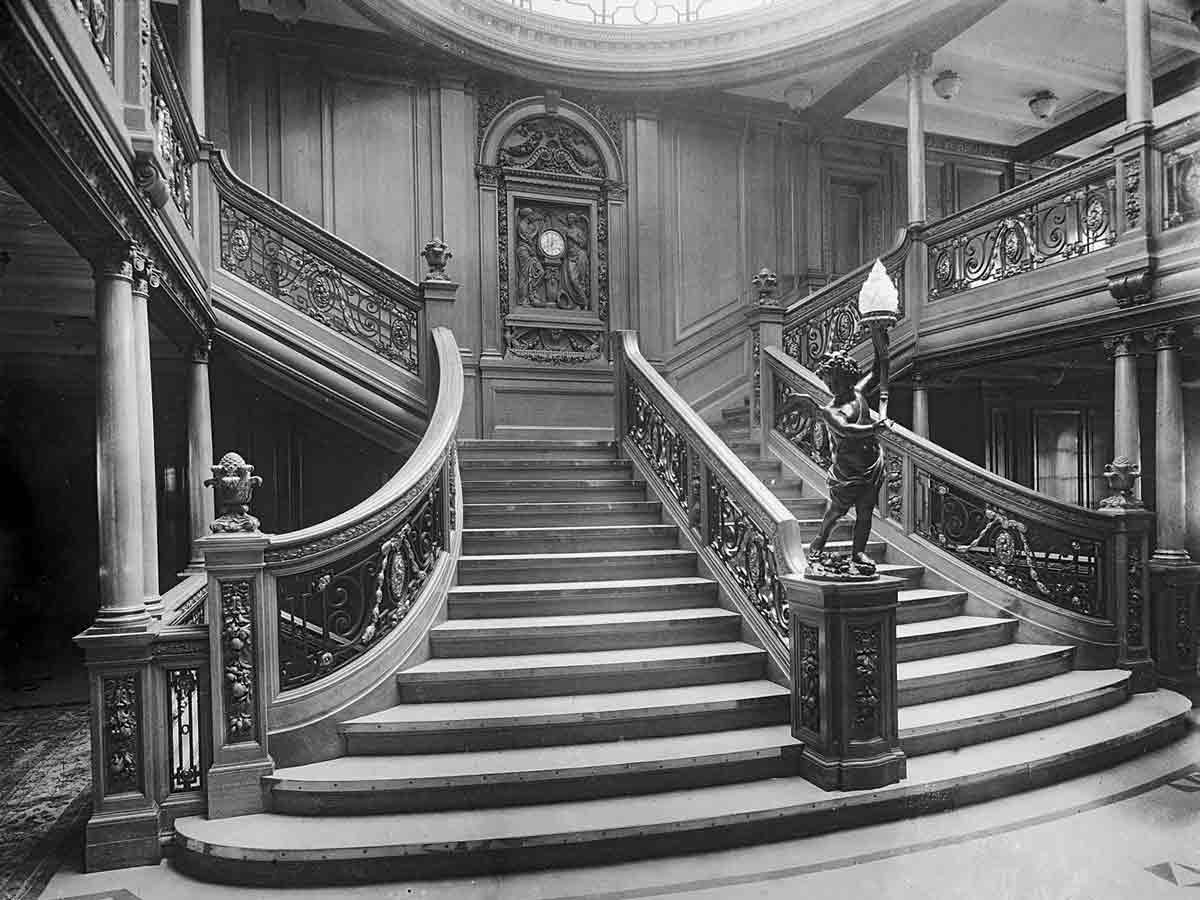
White Star Line, the owner of the Titanic, had designed their ship to be more luxurious and spacious than anything before it and that meant the ticket prices were much higher to offset the costs to build it and maintain it. So just how expensive were the tickets? Probably more than you are thinking.
First-class tickets at the time were being sold anywhere from $30 to $4,350. Taking into account inflation, adjusted rates for today would be between $775 and $112,000. Second-class tickets were sold between $12 and $60, which would be the equivalent of $300 to $1,500 today. Third-class tickets were sold between $8 and $40, which would be between $200 and $1,100 now.
The Number of Survivors

The exact number of passengers aboard the Titanic is estimated to be around 2,224. However, due to some confusion over the passenger list, the exact number cannot be known. The death toll at the time of its sinking is estimated to be between 1,490 and 1,635 passengers. But it could have been a lot worse if the ship had been at full capacity.
So how many survived? Only 710 were reported to have survived the RMS Titanic sinking, which is definitely low, but considering there were not enough lifeboats aboard, it was inevitable. There nine dogs aboard the Titanic and only two of them survived: a Pomeranian and a Pekinese. It was truly one of the greatest tragedies of the 20th century.
Not All the Bodies Were Recovered

Of all the bodies that went down with the ship, a total of over 1,500, only 337 of the bodies were recovered. For the other passengers, the Titanic forever remained their tomb. Others were carried away by the water, scattered across the Atlantic.
Of the bodies recovered, 119 were buried at sea, while 209 were brought back to Halifax, a Canadian Province in Nova Scotia with 150 having been buried there. The remaining 59 were claimed by relatives and shipped back to their respective homes.
More First-Class Passengers Died Than You Think
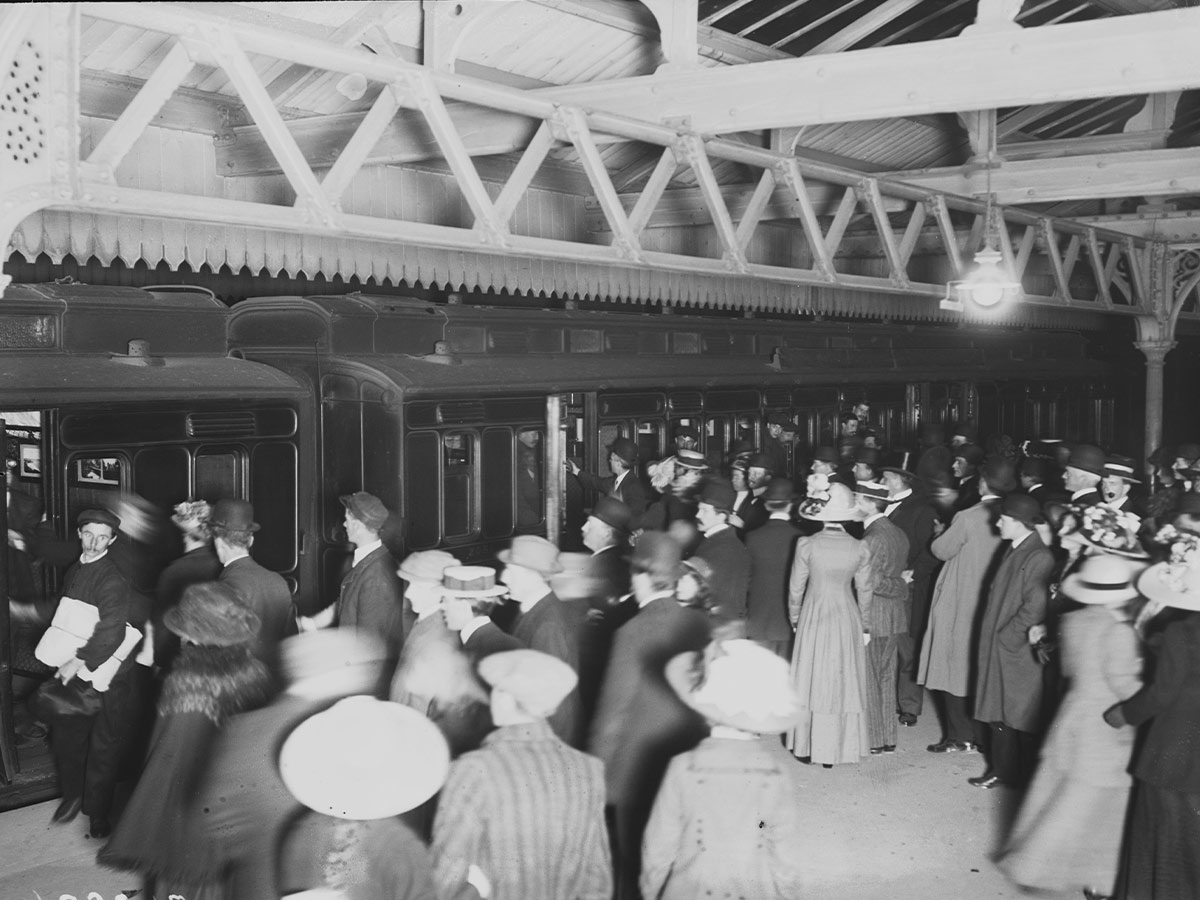
If you’ve seen the movie, you are aware of the rules of saving people - women and children first! Of course, some men also snuck in there before. And that’s evident by the fact that four first-class women passengers died during the sneaking of the Titanic.
The death rate for third-class passengers was much higher. By comparison, 89 third-class women died in the sinking of the Titanic. About 97% of the 144 first-class female passengers were rescued, while only 32.57% of the 175 male passengers were rescued. Male second-class passengers had the worst survival rate of all - only 14 out of 168 survived.
The Titanic Was Well-Stocked with Booze
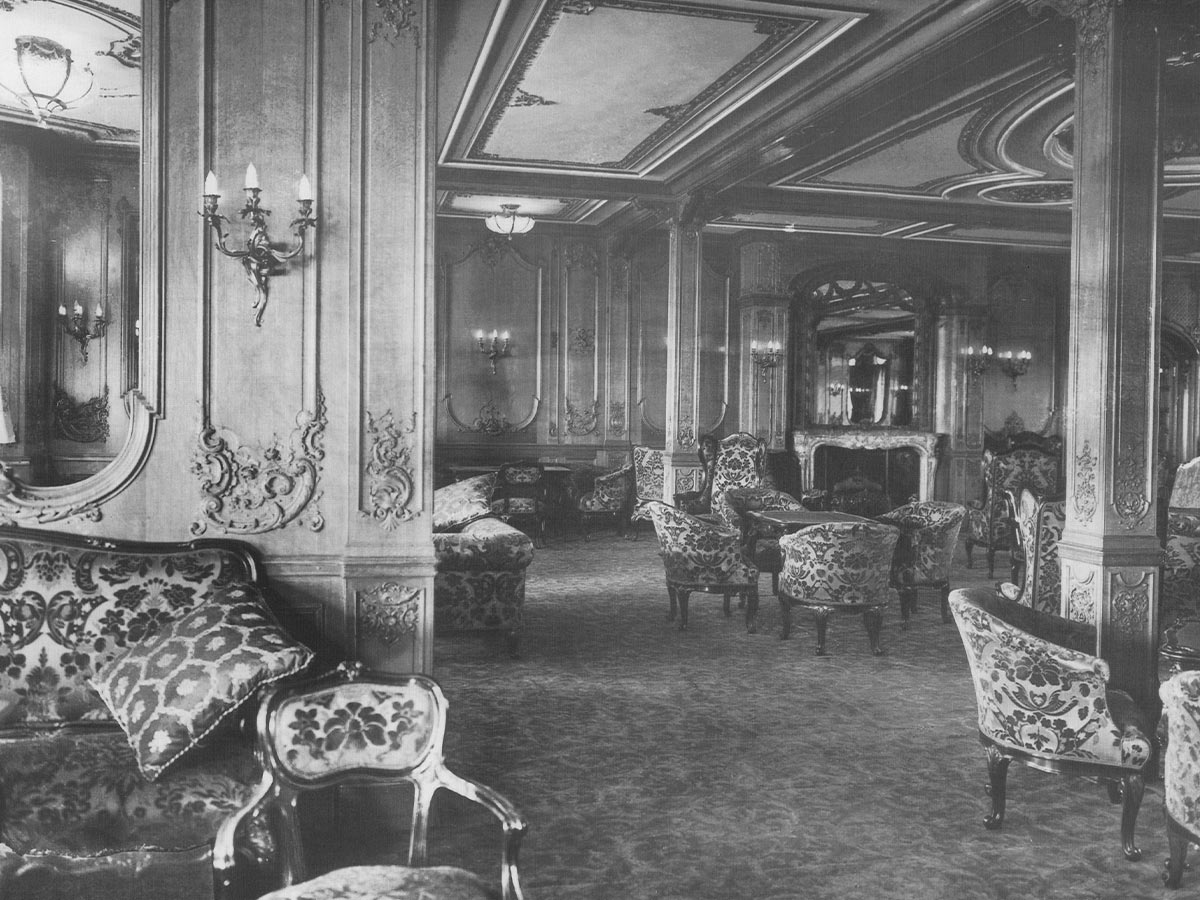
For first-class passengers, anyway. Aboard the Titanic, first-class passengers had access to over 20,000 bottles of beer, 1,500 bottles of wine, and 8,000 cigars. That made for a ton of tipsy rich people and it was a good time, because what else would you do on a boat?
Of course, the rich didn’t even have an opportunity to consume all that alcohol before their trip came to a devastating end. Many of the bottles remain underwater and oceanographers have discovered that many of them remain intact and, in fact, still consumable.
The Titanic’s Chief Baker Survived

The chief baker of the Titanic casually disembarked from the sinking ship's stern and serenely floated in the water until daybreak. Following his rescue, he swiftly resumed his baking duties just days later. Charles Joughin, a 33-year-old man from England, survived by getting incredibly drunk, similar to how I survive family reunions.
While typically, drinking under cold conditions can freeze a man faster than a sober one, the water was so insanely cold that it tightened his blood vessels and canceled out the effects of the alcohol. In the end, the alcohol gave him the peace of mind to survive the traumatic incident, helping him to remain calm as he floated in the water for 2 hours before spotting an overturned lifeboat that he hopped on until spotted by an operating one.
The Ship Was Modeled After the Ritz Hotel

Some ships at the time were designed to be smaller and faster. But the RMS Titanic and its sister ships were not designed to be fast at all. The goal was to be bigger and more luxurious than any other ship at sea and of course, that meant more time to enjoy the luxury! That is unless your ship sinks mid-voyage…
The interior of the ship, at least as far as the first-class areas, were designed to look much like the Ritz Hotel in London. The rooms were designed in the Empire style with décor inspired by everything from the Renaissance to Louis XV. And all of that with plenty of first-class amenities.
The Captain Planned to Retire

Edward J. Smith was chosen as the Captain for the Titanic’s maiden voyage because he was one of the best. In part due to his experiences as a British Merchant Navy Officer, he quickly earned prestige and rose through the ranks of the White Star Line company. By 1904, he had been promoted to commodore.
After being appointed captain for the Titanic’s maiden voyage, Edward J. Smith had planned to retire after the assignment. But he would not. Despite his plans, he did his duty as captain, staying with the ship in its last moments. His final words, he spoke to his men: "Well boys, you've done your duty and done it well. I ask no more of you. I release you. You know the rule of the sea. It's every man for himself now, and God bless you."
The Co-Owners of Macy’s Died on the Titanic

Isidore and Ida Straus were the co-owners of the Macy's department store at the time. They both elected to die on the Titanic together after Isidore refused his spot on a lifeboat until every woman and child had been saved. Meanwhile, Ida had refused to leave her husband, allegedly saying, "We have lived together for many years. Where you go, I go."
Isidore’s body had been recovered after the sinking of the Titanic but Idas had not been. A memorial at the Straus Mausoleum at Woodlawn Cemetery was dedicated to the couple. Its inscription is a quote from the Bible; it reads:
“Many waters cannot quench love – neither can the floods drown it."
They Were Warned About Icebergs Several Times
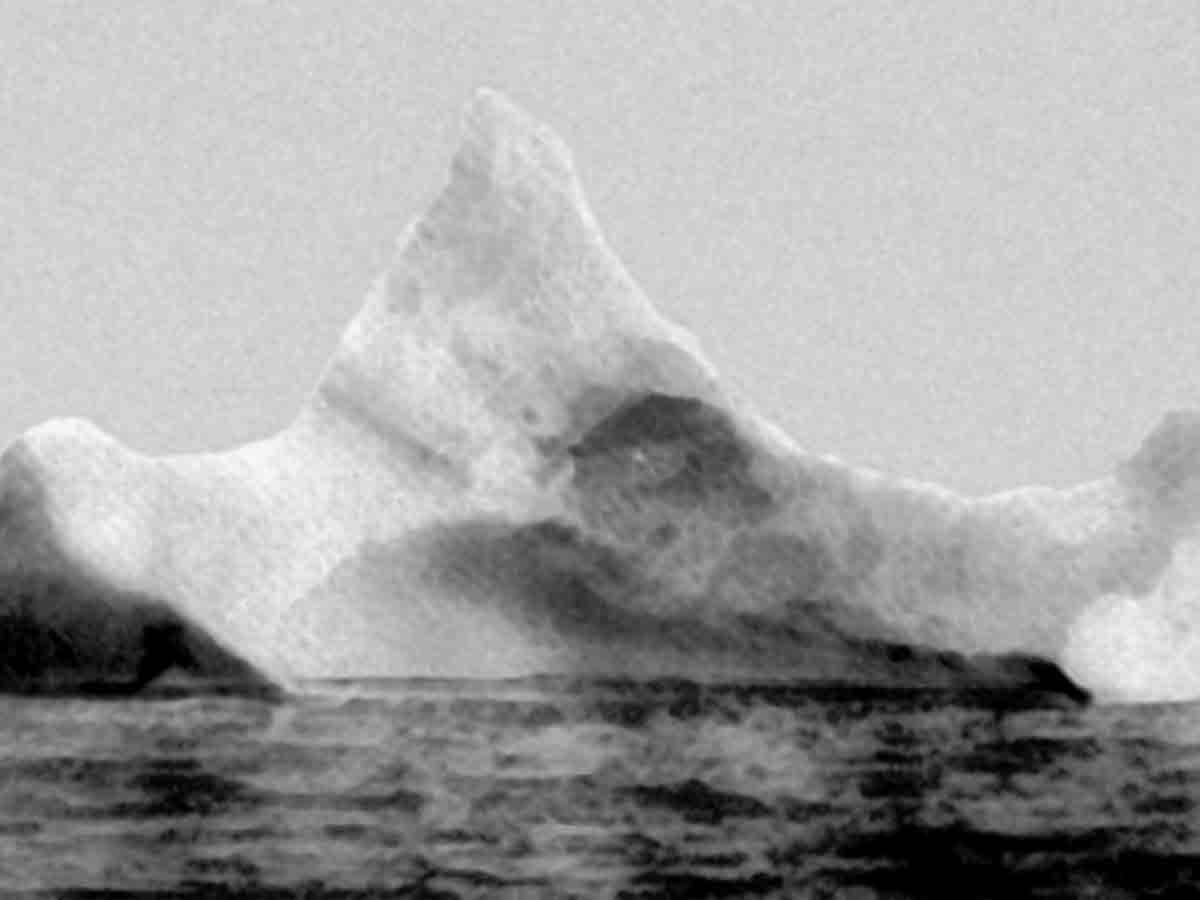
While there is sometimes the misconception that the people operating the Titanic had no idea about the icebergs in their path and were caught off-guard, that could not be further from the truth. It was actually reported by several ships that there were icebergs present in the area. However, this was common.
The captain did not believe that ice in the area would prove to be a problem, and so, he commanded the ship to sail at full speed. Upon seeing the ship was about to hit an iceberg, Chief Officer William McMaster Murdoch commanded a hard turn to avoid it but it was too late.
The Movie Cost More Than the Actual Ship

The 1997 blockbuster James Cameron movie Titanic cost more to produce than the actual ship. The Titanic cost about $7.5 million in 1912, which is about $235 million today. The movie, meanwhile, cost over $200 million, which in 2023 would be about $350 million adjusted for inflation.
Of course, the Titanic made even more money back, earning over $2.257 billion since the time of its release. The film also earned numerous accolades including 14 Academy Award nominations and 11 wins in total. It’s one of the most successful epics of all time.
False Reports
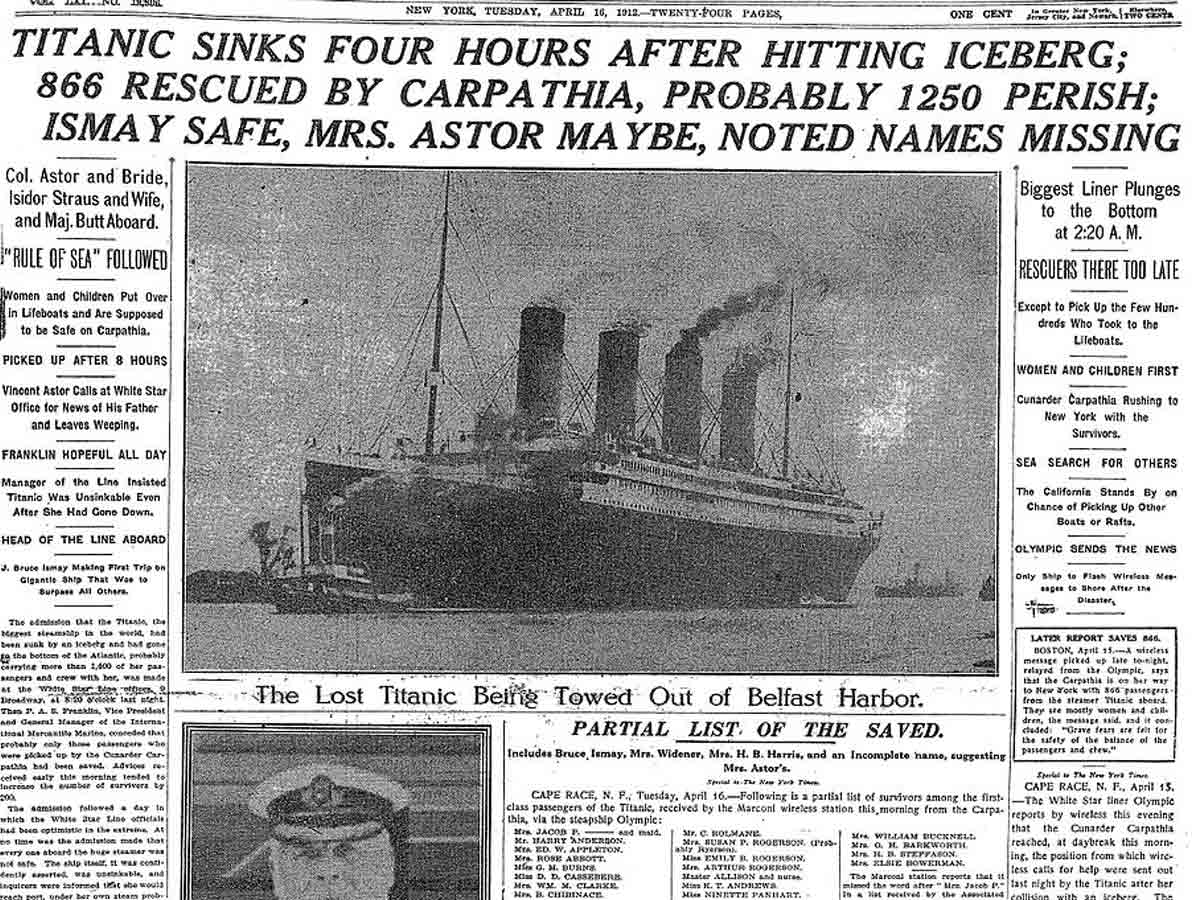
The news of the disaster spread fast but did not necessarily spread accurately at first. As newspapers rushed to get the story out, there was little fact-checking from some publications. Newspapers like The World, The Daily Mail, and the Belfast Telegraph falsely reported that there were no fatalities in the Titanic disaster, giving false hope to friends and families.
However, American newspapers were much more accurate in terms of gathering and reporting information. New York Times reported that the Titanic sank in around four hours, that there were 866 Rescued by the Carpathia and that 1,250 had perished. While we know these numbers not to be completely accurate, it was still better than the British publications.
It Sank Faster Than Any Other Ship

About 37 seconds after the iceberg was sighted, the Titanic made contact with it. Upon hitting the iceberg, the officers and crew members knew that the ship would sink, but what they could not have anticipated was how quickly it would sink. In fact, it sank in a record-setting time.
Most ships that had hit icebergs in the past took around 12 hours before they became fully submerged. But the supposedly “unsinkable” ship sank in just 2 hours and 40 minutes. Had the ship taken longer to sink, there may have been more time for rescue ships to come to its aid.
There Are No More Survivors

Out of the 720 survivors of the Titanic, there are no longer any living, which having sank over 100 years ago is to be expected. But who was the last survivor? That would be Elizabeth Gladys Dean, who was just 2 months old at the time of the Titanic sinking.
She, of course, could not remember a thing about it and was only told about her experience when she was 8 years old when her mother was about to remarry. Elizabeth Gladys Dean took part in numerous Titanic-related events in her 80s. She died at the age of 97 on May 31st, 2009. Her ashes were spread at the docks of Southampton from where the Titanic set sail.
OceanGate Accident

In the summer of 2023, the world was gripped when something truly shocking happened — a group of people went down to see the Titanic wreckage for themselves in a "submersible." This submersible was put together with items you might find around your home or could buy from Walmart, such as a Logitech controller to direct the submersible.
The worst happened when there was a breach in the submersible, which immediately imploded. This caused the pressure from the depths of the oceans to crush the sub into oblivion. The five men on board would never see the light of day. Since then, lots of information and rumors have been swirling, but one thing is for sure: this was an accident that no one expected to happen.
It Took 73 Years to Find the Wreckage
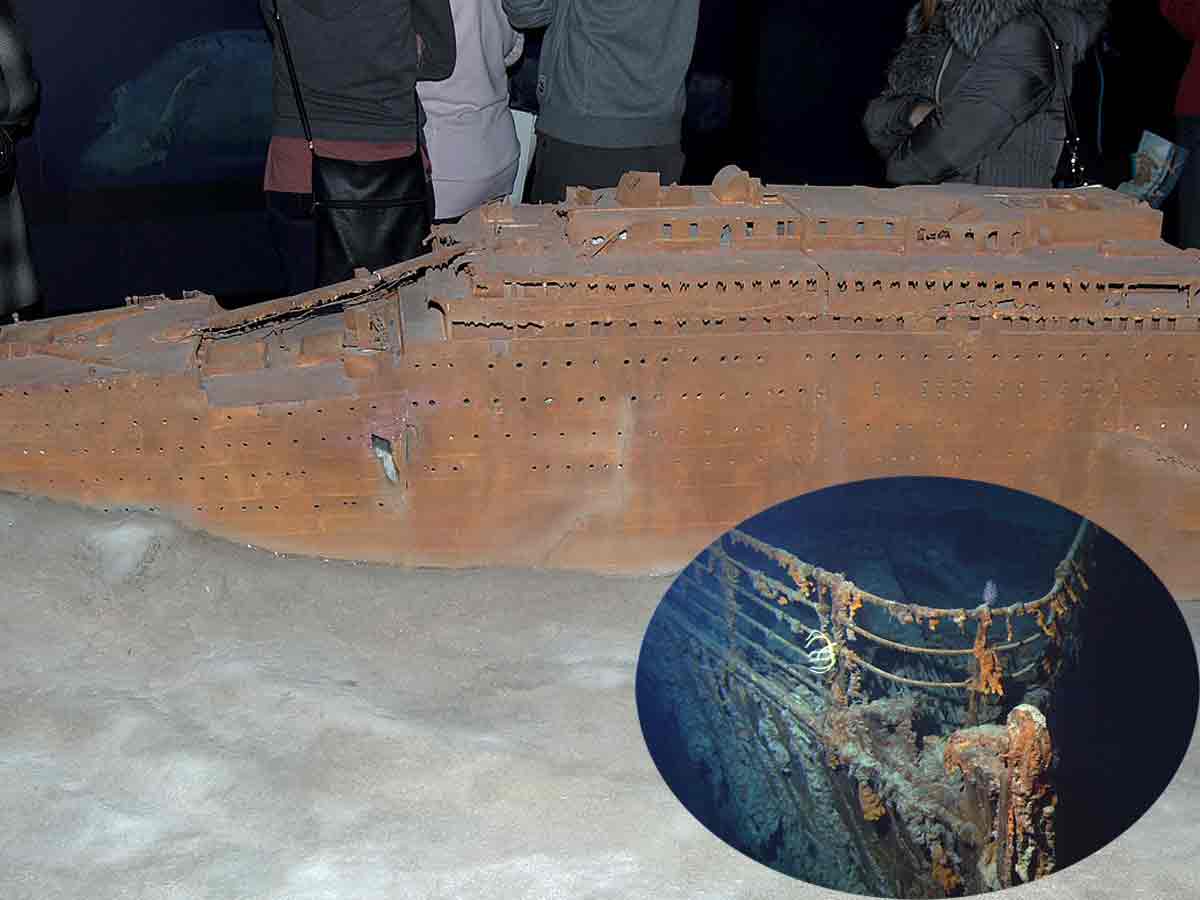
As the sinking of the Titanic for many aboard was sudden and completely unexpected, radio operators were caught completely off-guard. They panicked and ended up giving the wrong coordinates for their location. Combined with the fact that the ship sank 12,000 feet deep, this made finding the Titanic wreckage difficult.
It took a total of 73 years before the wreckage was actually discovered. It was found in 1985 during an expedition led by Robert Ballard. Attempts were made to raise the wreckage but were unsuccessful. The Titanic remains at the bottom of the sea to this very day and the only way to see it is if you happen to have a submarine.
Several Individuals Escaped Their Fate

Several notable individuals canceled their travel plans last-minute narrowly escaping the historical tragedy. One such individual, was George Washington Vanderbilt II, heir to the Vanderbilt fortune. He canceled his plans for travel with his wife when his mother-in-law expressed how adamantly against it she was, believing that maiden voyages were dangerous. And she was not wrong!
Theodore Dreiser, an American journalist and novelist, canceled his plans at the request of his publisher. Henry Clay Frick, an American steel tycoon, got a sprained ankle that killed his plans. And lastly, Guglielmo Marconi, an Italian inventor best known for his work on radio transmission, had to refuse a free ticket because he had paperwork to finish. He sailed on the Lusitania instead.
There Was Only One Japanese Passenger

Masabumi Hosono was the only Japanese passenger on the Titanic. The civil servant was working for the Ministry of Transport in Russia before his journey back to Japan, which first took him to London where he boarded the Titanic in 1912. Upon surviving the Titanic disaster, he was not met with applause.
It turns out that many people in Japan felt that he brought dishonor upon electing to save himself rather than go down with the ship. He was publicly condemned and ostracized by the Japanese people, including the press and the government.
(Image via: Public Domain, via Wikipedia; Public domain, via Wikimedia Commons)
An Actress was Aboard
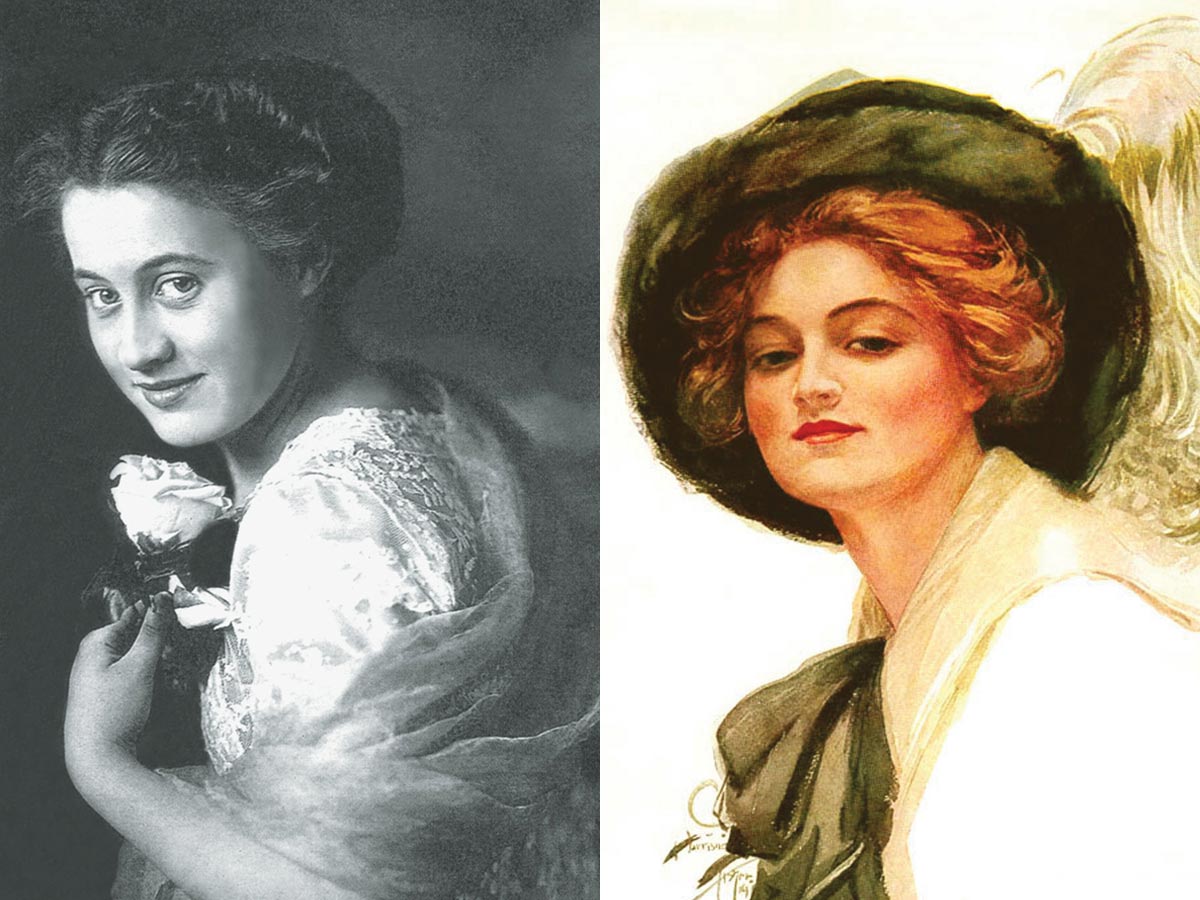
Dorothy Gibson was an actress who survived the sinking of the Titanic - a feat that she was better known for her performances. She even later starred in the first motion picture based on the Titanic disaster titled Saved from the Titanic, which came out in 1912. In the film, she played herself.
Dorothy Gibson was traveling on the Titanic after a six-week vacation in Italy. She had been playing bridge when the Titanic struck an iceberg. She and the other players hopped into lifeboat #7. In the film about her experience, she wore the same clothing she wore that very fateful night.
(Image via: Public Domain; Public Domain via Wikipedia)
No Engineers Survived
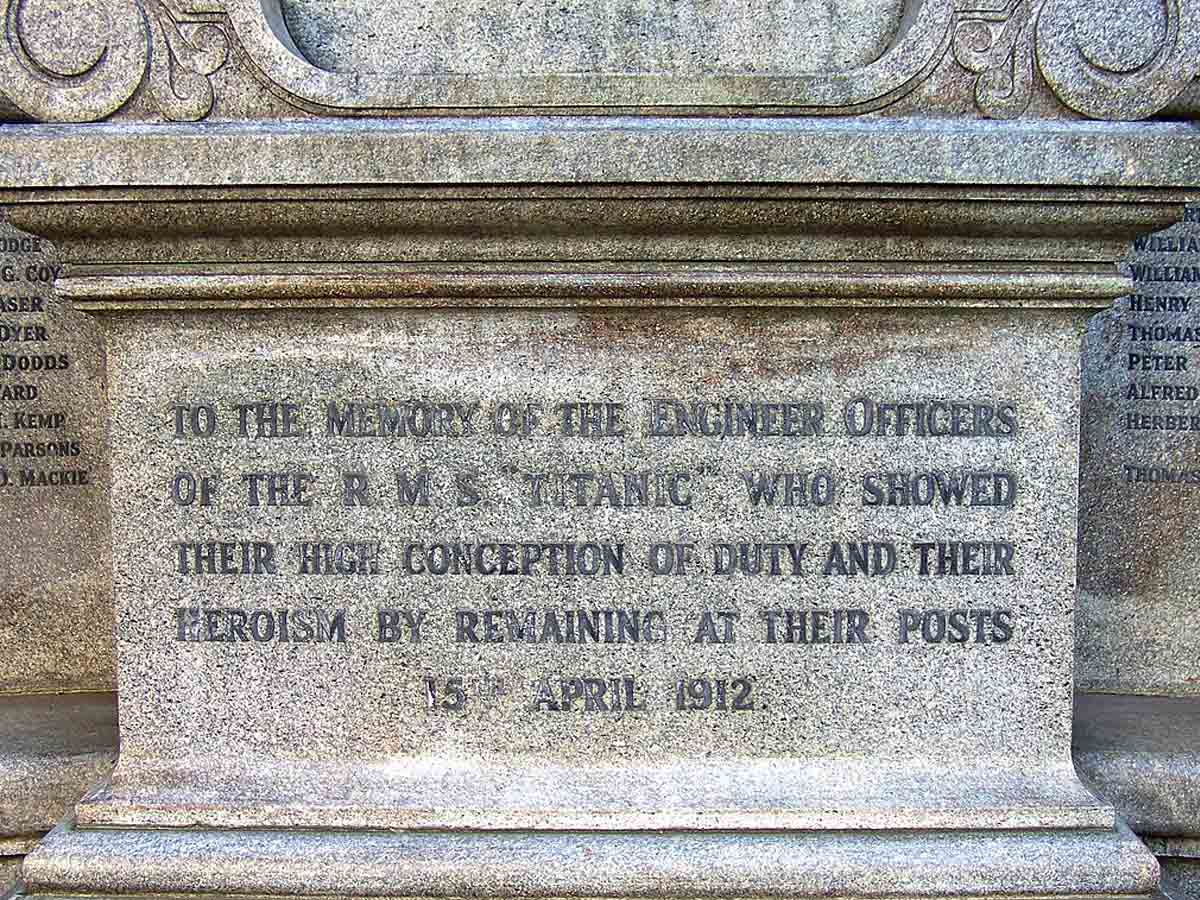
The engineers of the Titanic are undoubtedly the unsung heroes of the disaster, but sadly, none of them survived. Not even one out of the 25 engineers aboard made it. They stayed at their posts up until the very last second, sinking with the ship to keep it running.
Engineers stayed behind not to keep the ship moving, of course, but to keep the electricity and pumps running. The lights ended up staying on until the very last part of the ship had finally sunk. Additionally, the work of the engineers was integral in keeping the radio working so that distress signals could be sent out.
Only Two Bath Tubs for the Poor

The Titanic could accommodate up to 1,000 third-class passengers and for all those passengers there were only two bathtubs. Bathing was not a feasible option for third-class passengers, at least not every day. Things may have been made a little easier by the fact that there were actually only 700 first-class passengers onboard.
There was at least another bathing option and that was to use a wash bin. However, this was definitely not ideal for a long trip. But at the same time, can you imagine having to share two bathtubs among that many people? The results would have been chaotic to say the least.
The Wreckage May Disappear by 2030
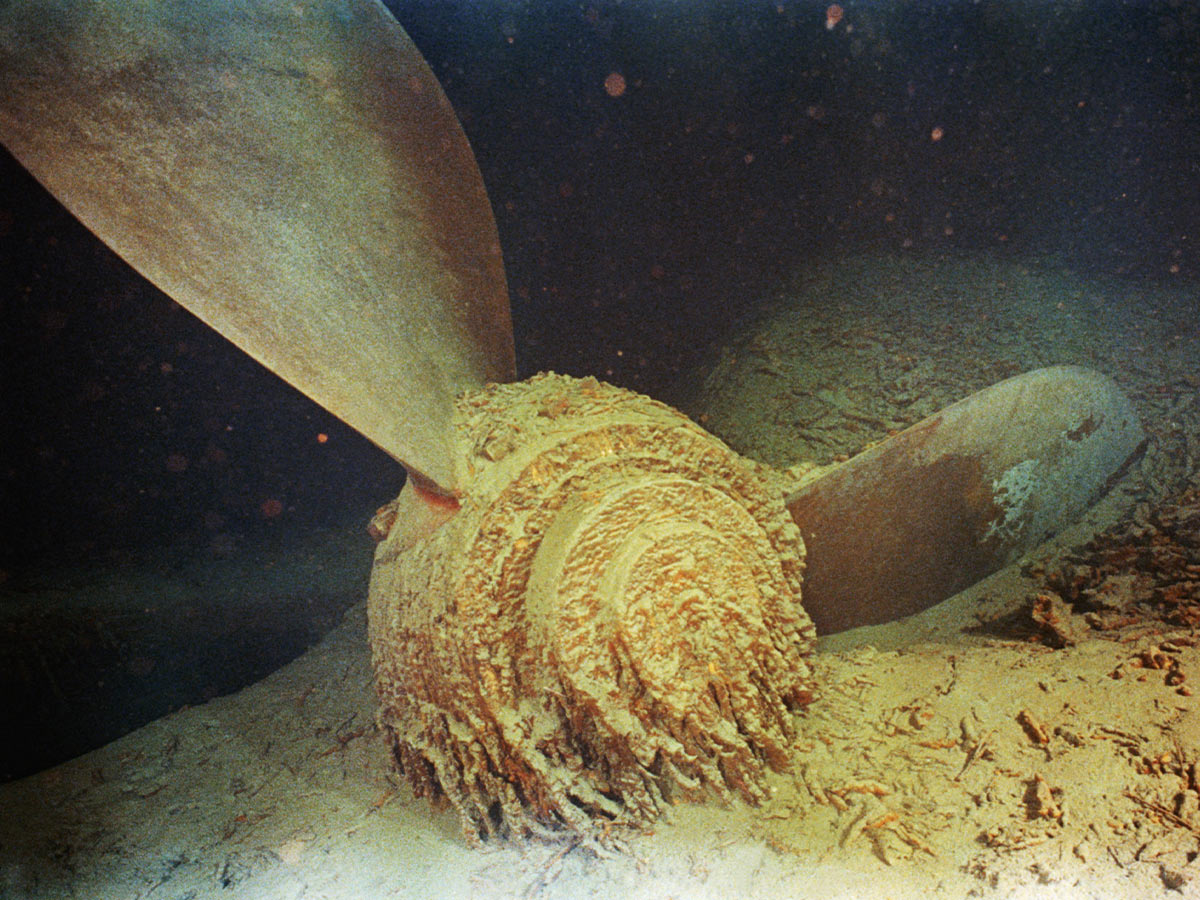
Nothing lasts forever. While the Titanic wreckage has been a fascination for people for nearly half a century now, it is not long for this world. Experts have speculated that the Titanic wreckage could vanish completely by the year 2030.
Why you may be wondering? The Wreckage has already faced over a century of deep-sea currents, corrosion and bacteria eating away at it, and it won’t be long before it is completely consumed by the elements, as already the once-standing Captain's bathtub has deteriorated.
The Carpathia Wasn’t the Closest Ship
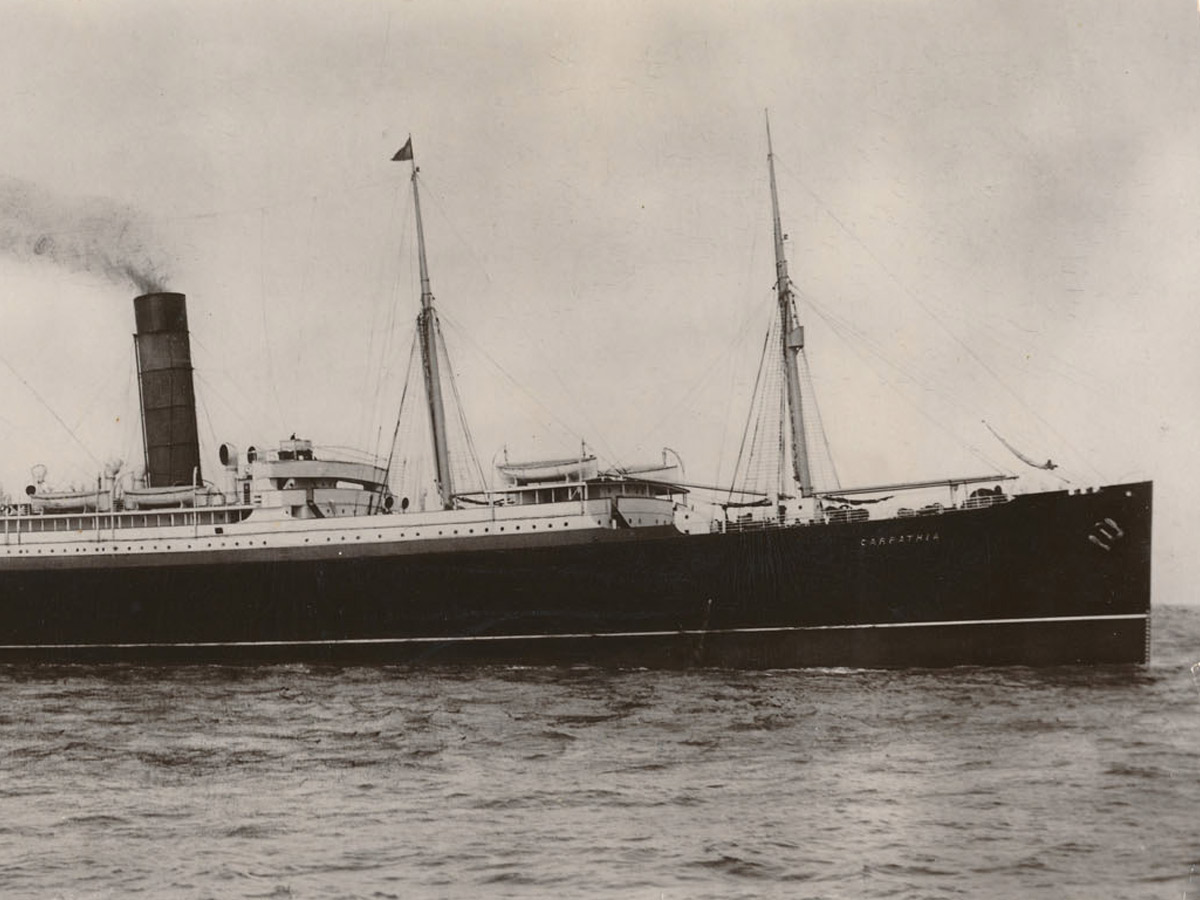
Famously, the Carpathia came to the Titanic’s rescue. It took about an hour and 20 minutes for that ship to arrive, however, which undoubtedly led to more deaths than if the Titanic had been rescued sooner. Unfortunately, the Titanic just missed rescue by a closer ship.
A second ship, the Californian, was less than 20 miles away. However, its radio operator was off duty, so the ship never heard the Titanic's distress signals. Bad timing to say the least. Hopefully, the lad didn’t blame himself but had the Californian come to the rescue, more lives could have been saved.
This Line from the 1997 Movie was Spoken IRL
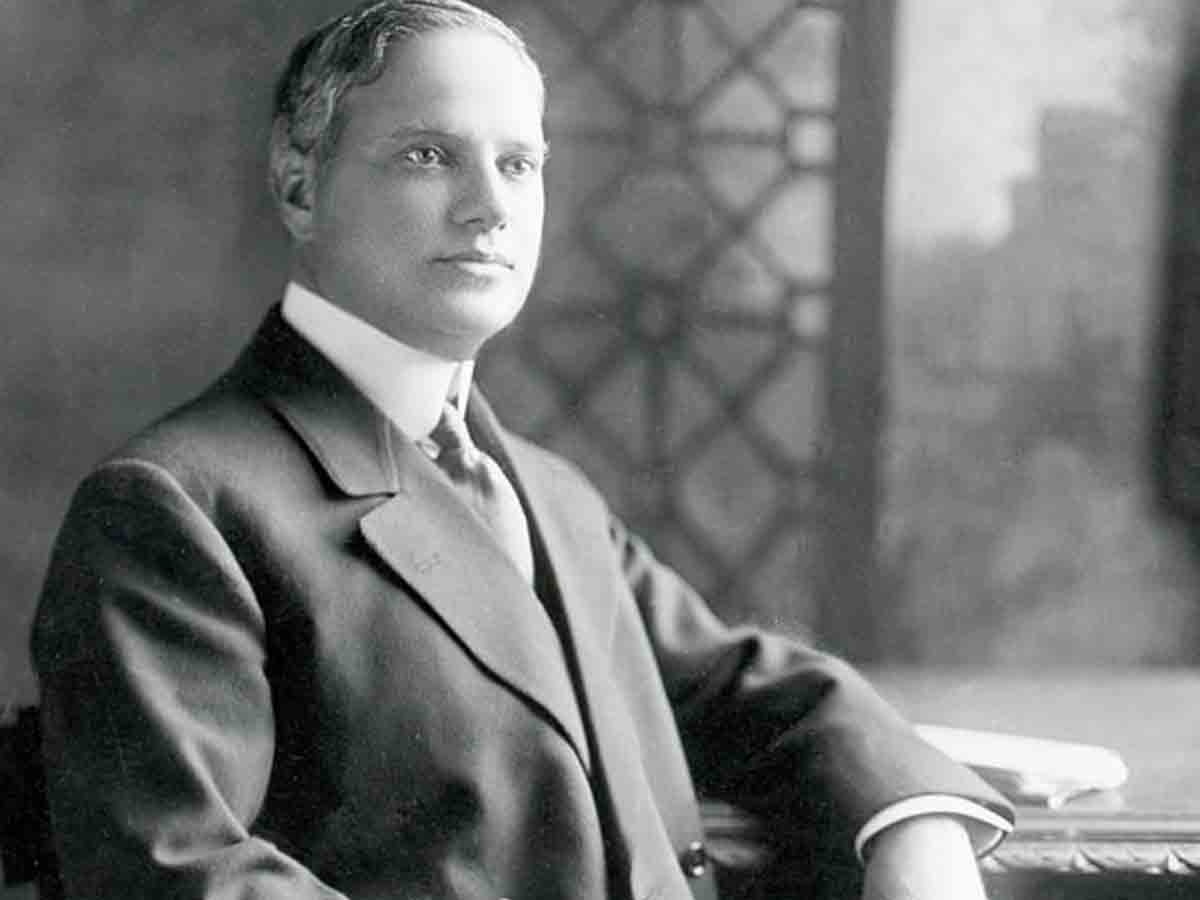
One line from the James Cameron film Titanic was actually spoken in real life. It is one of the more famous quotes from the movie that was spoken by the character Benjamin Guggenheim. The man was a real-life passenger aboard the RMS Titanic in 1912 and like in the movie, he refused his life vest.
Even as the Titanic was quickly sinking, Benjamin Guggenheim wanted to go out guns-blazing sort of speak. As he says in the movie, among his final words were “We are dressed in our best and are prepared to go down as gentlemen." Allegedly he had also told a steward to tell his wife in New York, "I've done my best in doing my duty."
This Woman Truly Was Unsinkable.
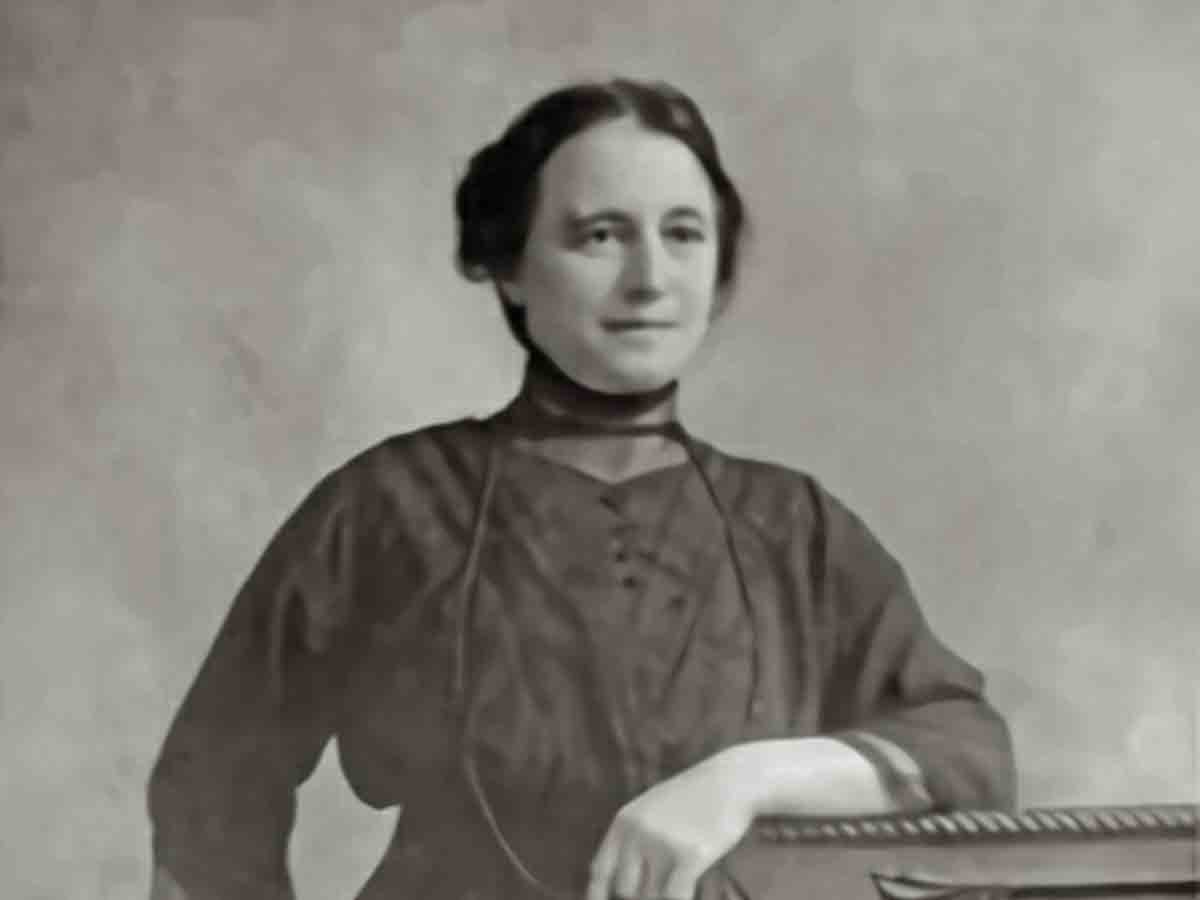
Among the 710 survivors was Rhoda Mary Abbott and she was not a first-class passenger. She was actually a survivor from third-class that was going down with the ship as it was sinking and narrowly escaped her almost certain death. She is the only female passenger to have done this.
Allegedly, she was on the stern of the ship when it sank and an ocean current had swept her away from the vacuum caused by the sinking ship. She was able to get back to the surface and swim to a lifeboat that was close by. Her two sons, however, did not make it out alive. Rhoda Mary Abbott died in 1946 as a result of heart failure.
The Titanic Burned a Ton of Coal
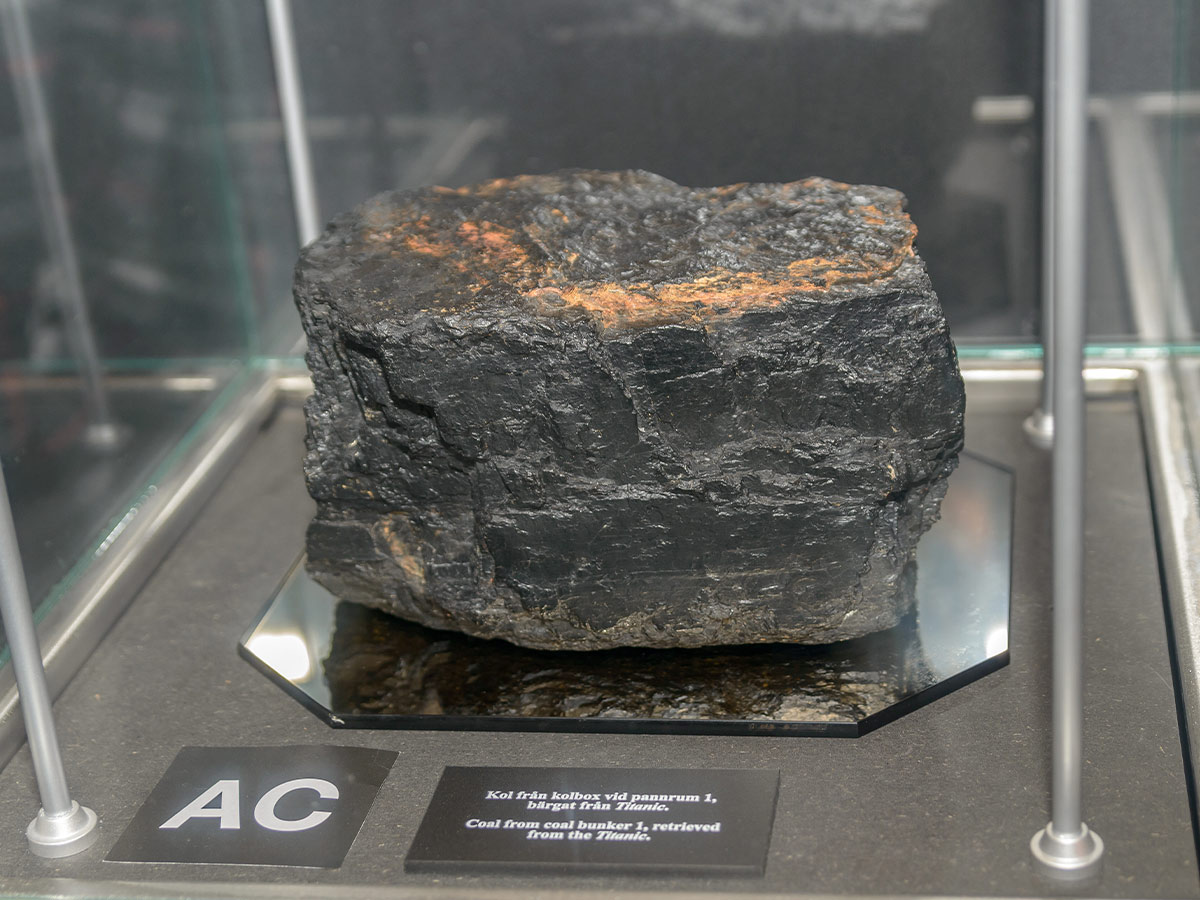
The Titanic was equipped with three large steam engines and one smaller reciprocating engine, which powered the ship's two wing propellers and one central propeller, respectively. These engines were fueled by burning coal, which produced steam to drive the pistons and generate power.
In order to operate the massive ship, it needed tons of coal. The Titanic was carrying about 6,611 tons of coal in its bunkers. A ton of coal was worth about $5 per ton at the time, which in todays market would be around $30,000 per ton. The Titanic burned about 850 tons per day.
The Lifeboats Had Secret Food
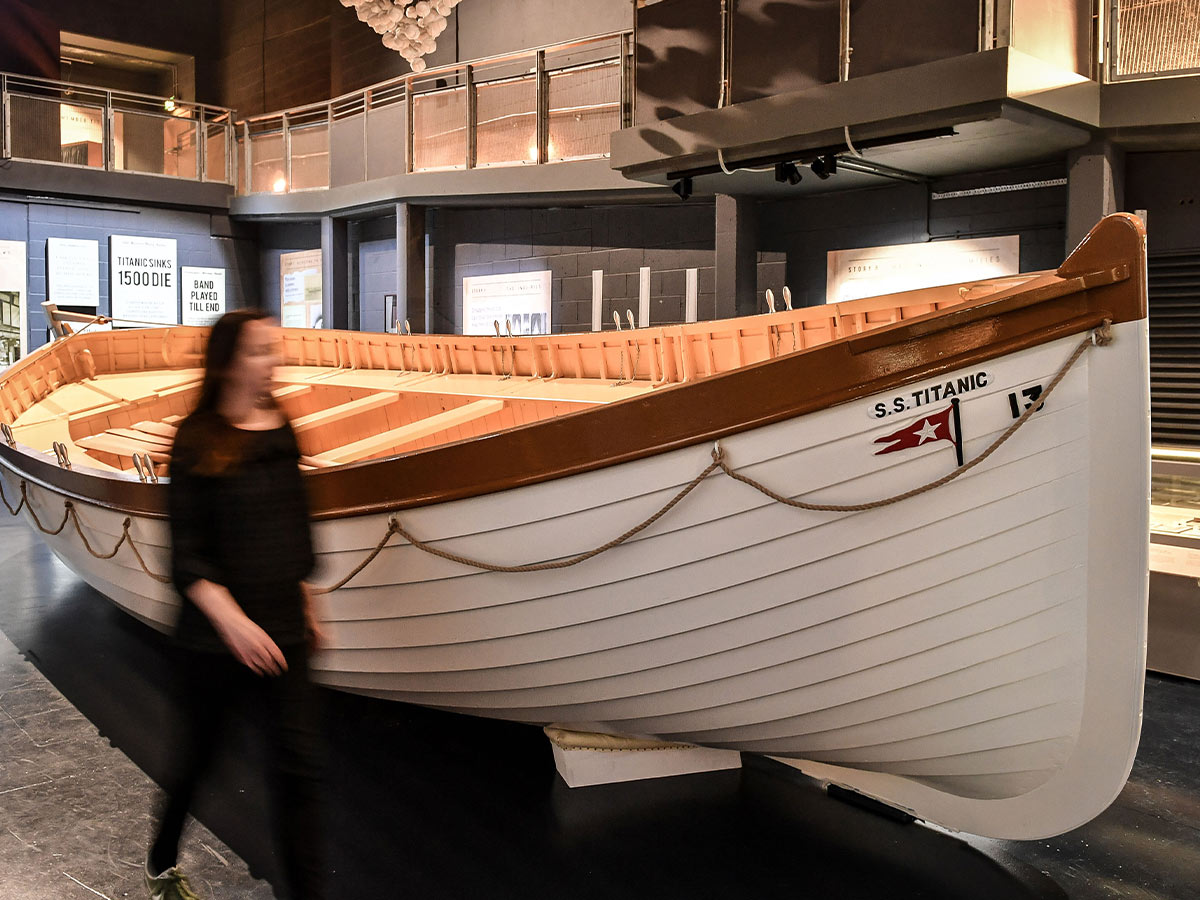
Every lifeboat aboard the Titanic had a secret stash of food that the passengers never knew about, and most of which was never found. However, to be fair, the passengers aboard the lifeboats were probably a bit too preoccupied with surviving to probably care or notice.
The lifeboats of the Titanic had been equipped with tins of crackers and water, a snack that probably would have hit the spot just fine. It may not have been the gourmet meal that the first-class passengers were used to but when you are a survivor, food is food!
The Titanic Was Carry a Ton of Ostrich Feathers

Among the most valuable cargo on the Titanic were 12 cases of ostrich plumes. The cases of ostrich feathers would have been worth over $2 million in today's market. Ostrich feathers were highly fashionable and in demand for various purposes, including fashion and decoration.
During the early 20th century, ostrich feathers were used in the creation of extravagant hats, fans, boas, and other accessories. So, it’s no surprise that the luxury liner was carrying all those ostrich feathers, undoubtedly procured for making the rich even richer.
A Priest Took Confessions

In times of trouble, religious absolution always gives people some peace of mind, especially when they are faced with the prospect or likelihood of death, and that's exactly what happened aboard the Titanic when several people felt the need to confess to a priest.
ThomasRoussel Davids Byles heard the confessions of people aboard the Titanic, praying with them after the final lifeboat departed. He went down with the ship and was remembered as a martyr for the Church. A stained-glass window was placed in Westminster Cathedral as a memorial to him.
The Richest Man Alive was Aboard
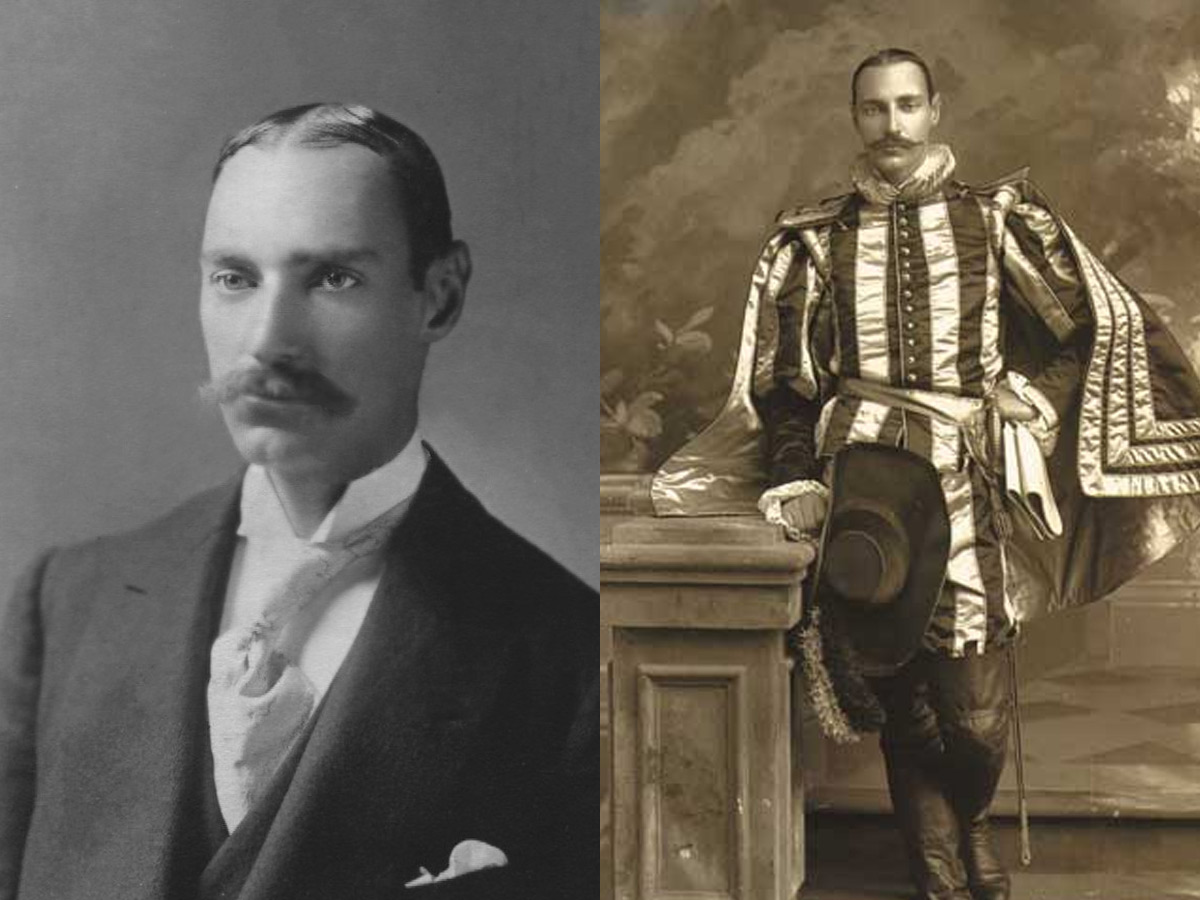
In 1912, John Jacob Astor IV was believed to be the richest man alive. He was aboard the Titanic when it sank and died with the ship. At the time, he had a net worth of $87 million, which, adjusted for inflation, is the equivalent of about $3 billion in today’s market.
Born in New York, John Jacob Astor IV had a Harvard education and served in the military. He made his fortune as a business magnate, real estate developer, investor and writer. According to an article in the Chicago Record Herald, he placed his wife, followed by a mother and child in the final lifeboat.
His body was identified by the initials on his coat and a gold pocket watch.
(Image via: Public domain, via Wikimedia Commons; Public domain, via Wikimedia Commons)
Why the Titanic was Said to be Unsinkable

The Titanic's hull was partitioned into 16 compartments, and it was believed that the ship was unsinkable as four compartments could be flooded without jeopardizing buoyancy. However, due to the absence of seals at the top of the compartments, water was able to overflow into adjacent sections.
Ultimately, the Titanic was sinkable, fracturing into two parts and descending to the ocean floor around 2:20 am on April 15, 1912. The Titanic broke in half primarily due to structural failure caused by the extreme stress exerted on the ship's hull during its sinking. As the water filled the damaged compartments, it created a significant imbalance of weight and pressure.
 Author
Ron Winkler
Last Updated: December 05, 2025
Author
Ron Winkler
Last Updated: December 05, 2025